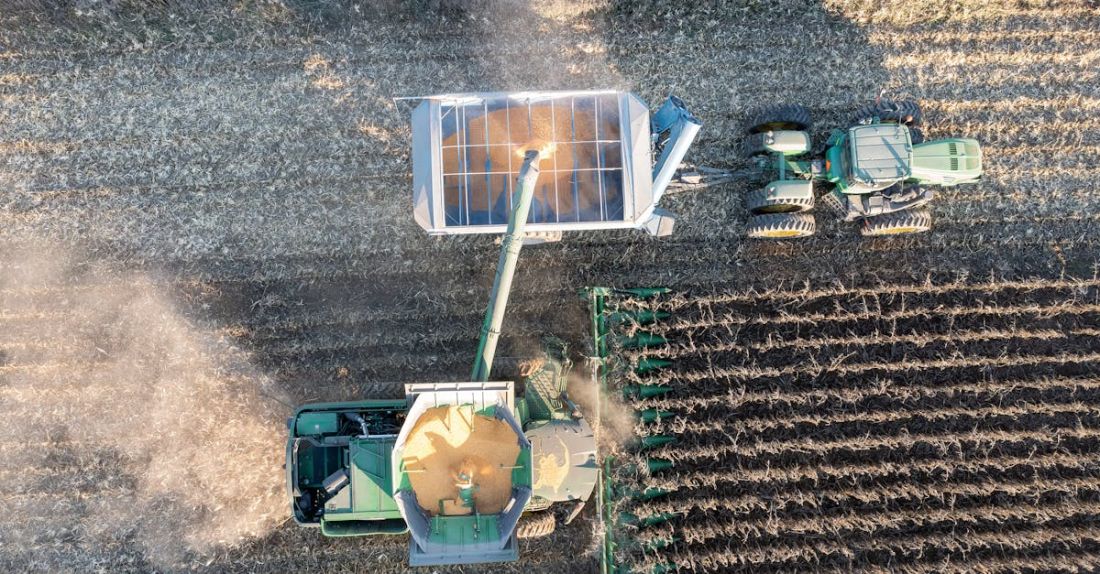
Water is a precious resource that is essential for the growth and sustenance of plants. In the face of increasing water scarcity and the need for sustainable agricultural practices, drip irrigation has emerged as a highly efficient method of water conservation in farming. This article delves into how drip irrigation systems work and the various ways in which they contribute to the conservation of water.
### The Basics of Drip Irrigation
Drip irrigation is a method of watering plants by applying water directly to the roots through a network of pipes, tubes, and emitters. Unlike traditional irrigation methods that involve flooding or spraying water over a large area, drip irrigation delivers water precisely where it is needed, minimizing wastage and evaporation. By providing a controlled and uniform supply of water, drip irrigation ensures that plants receive the right amount of moisture without excess runoff.
### Reduced Water Waste
One of the key benefits of drip irrigation is its ability to significantly reduce water wastage compared to conventional irrigation systems. In traditional methods such as sprinklers or furrow irrigation, a considerable amount of water is lost to evaporation, runoff, and percolation into the soil. In contrast, drip irrigation delivers water directly to the root zone, minimizing losses and maximizing the efficiency of water usage.
### Precision Watering
Drip irrigation systems are designed to deliver water in precise amounts and at specific intervals, tailored to the needs of each plant. By customizing the watering schedule according to factors such as plant type, soil conditions, and weather patterns, farmers can optimize water usage and promote healthier growth. This precision watering not only conserves water but also enhances crop yield and quality.
### Minimized Soil Erosion
Conventional irrigation methods, such as flooding or overhead sprinklers, can lead to soil erosion due to the force of water impact on the surface. Drip irrigation, by delivering water directly to the root zone, helps to maintain soil structure and reduce erosion. The gradual and controlled application of water prevents runoff and allows the soil to absorb moisture more efficiently, safeguarding against erosion and nutrient loss.
### Efficient Nutrient Delivery
In addition to conserving water, drip irrigation systems are also effective in delivering nutrients directly to the root system of plants. By incorporating fertilizers or other supplements into the irrigation water, farmers can ensure that plants receive essential nutrients in a targeted manner. This not only enhances the efficiency of nutrient uptake but also reduces the risk of leaching and groundwater contamination, promoting sustainable agricultural practices.
### Sustainable Water Management
Drip irrigation plays a crucial role in sustainable water management by optimizing the use of limited water resources. By reducing water wastage, minimizing soil erosion, and enhancing nutrient delivery, drip irrigation systems enable farmers to achieve higher crop yields with lower water inputs. This not only benefits the environment by conserving water and preserving soil health but also contributes to the long-term viability of agricultural operations.
### In Summary
Drip irrigation is a highly efficient method of water conservation that offers numerous benefits for farmers and the environment alike. By delivering water directly to the root zone, minimizing wastage, and promoting precision watering, drip irrigation systems help to optimize water usage, enhance crop productivity, and support sustainable agricultural practices. Through its innovative approach to irrigation, drip systems demonstrate how technology can be harnessed to address pressing challenges such as water scarcity and food security.





